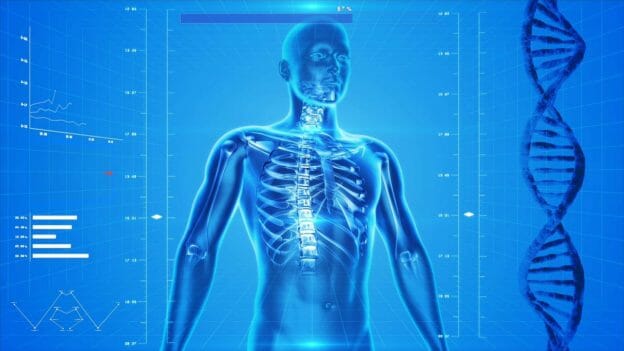Introduction: Physiology 101
In order to swim faster, we need energy; lots of it. Whether awake or asleep, our bodies depend on a constant production of energy for all its functions, such as vision, sleeping, eating, thinking, breathing, digesting, or any physical movements we make. When we step on the blocks for a fast swimming race, we are about to increase the energy demands to a very different and high level and, if we expect to swim fast, our bodies need to be capable of producing it.
The energy for our body functions, including muscular contraction, is mostly in the form of adenosine triphosphate (ATP). ATP is to our muscles what gasoline is to our cars. We can’t function without it any better than our cars can run without gas. We have three sources of providing energy for our muscles; stored energy, the anaerobic system and the aerobic system.
Three Sources of Providing Energy
The first source is stored energy, which comes in the form of ATP or Creatine Phosphate (CP). Stored ATP and CP are the most readily available energy source in the muscle, but are in very limited supply. We run out of stored energy after about 10 seconds or less of maximal exertion.
The second source of energy comes from the anaerobic system (without oxygen). This system is primordial, presumably developed before we had oxygen in our environment. To produce 2 molecules of ATP, the anaerobic system requires a molecule of glucose, but no oxygen. It also produces a byproduct called lactate, which frees up a hydrogen ion, making the body more acidic. Once the swim race begins, the anaerobic system is activated and begins to produce ATP almost immediately.
The third source of energy, the aerobic system, requires a molecule of glucose and a molecule of oxygen to work. For each molecule of glucose, the aerobic system will produce 36 molecules of ATP. Once the swim race begins and with it the demand for increased energy, the aerobic system gets activated, but it takes longer for this system to produce ATP.
Unless we are demanding a lot of energy for our bodies, like when we race in swimming, we can produce enough energy from our aerobic system to provide for most of our daily functions. When we race and try to swim fast, however, and it is ‘all hands on deck’, we need to produce as much ATP as we can get. From the first effort off the starting blocks and the early swimming strokes, we quickly begin to use up our available stored energy. Both the aerobic and anaerobic systems immediately get activated and begin to produce ATP as quickly as possible.
Upcoming
This week, in Lane 3 of our subscription, you find our podcast interview with swimming exercise physiologist, Trever Gray. Trever, a former world-class swimmer, discusses his recently published article on how much to hyperventilate before swimming a race We hope you will find this interview interesting. In upcoming articles, we will discuss how each of the three energy systems work and how we can prepare ourselves to use them most efficiently to swim faster.
Yours in Swimming,
Gary Sr.
Theraceclub.com
Swim Faster with Breathing Techniques | Life in the Fast Lane – Episode 02 – Trever Gray


Muy buena información, ayuda comprender mejor nuestros sistemas de energía.
Gracias! En la semana que entra tendremos otro articulo sobre fisiologia en natacion, en un serie de 3 articulos. Puede encontrar muchos videos interesantes en las carreras 2, 3 y 4 en la subscripcion. Espero que los encuentre.